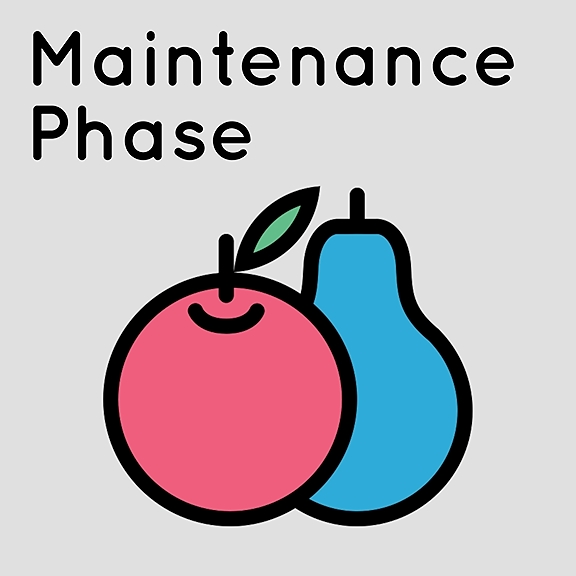
01: Intranasal Medication in Procedural Sedation for Children
In this first episode of the Society for Pediatric Sedation (SPS) Podcast, we will be discussing the use of intranasal medication in procedural sedation for children. We will be joined by Dr. Carmen Sulton, the Assistant Professor of Pediatrics at Emory University School of Medicine and Director of Children Sedation Services at Egleston campus in Atlanta. Dr. Sulton is well published in the field of pediatric procedural sedation including a recent paper on the use of intranasal Dexmedetomidine published in Pediatric Emergency Care in 2020. The paper uses patient outcomes data from the Pediatric Sedation Research Consortium database, the research arm of the Society for Pediatric Sedation.
In our case today, we have a five months old infant who requires an MRI of his brain. The patient is an ex-32 week premature infant with a history of difficult IV access. There’s no history of upper respiratory tract infection, no snoring, heart disease, or any medication allergy in this infant. The MRI is needed for a focal seizure that occured two weeks ago and the patient doesn’t require an IV since this is not a contrasted MRI. Dr. Sulton will generously share with us why intranasal medications are needed in procedural sedation and so much more, so don’t miss out if this is a topic of interest for you.
Meet your hosts:
Pradip Kamat, MD, MBA - Associate Professor of Pediatrics and Critical Care Physician at Emory University School of Medicine andChildren’s Healthcare of Atlanta/Egleston.
Anne Stormorken, MD - Professor of Pediatrics and Critical Care Physician at UH Rainbow Babies and Children’s Hospital and Case Western Reserve School of Medicine of Cleveland, OH.
Show Highlights
- Diving into how intranasal medications work (01:58)
- Circumstances where intranasal medications must not be used for procedural sedation (04:35)
- How she uses Dexmedetomidine and Midazolam (06:28)
- Research findings on the success rate with the use of intranasal medications (09:14)
- Other medications that can be used intranasally for procedural sedation (11:42)
- Optimizing the efficacy of intranasal medications when delivering them (12:09)
- Giving IV sedation where there is intranasal medication failure (13:23)
- Large dataset studies that support the successful use of intranasal medications in procedural sedation (14:23)
Additional Resources




















